Intel showcases upcoming processors at its Vision 2022 event
14th Gen Meteor Lake, Sapphire Rapids and Ponte Vecchio pictured
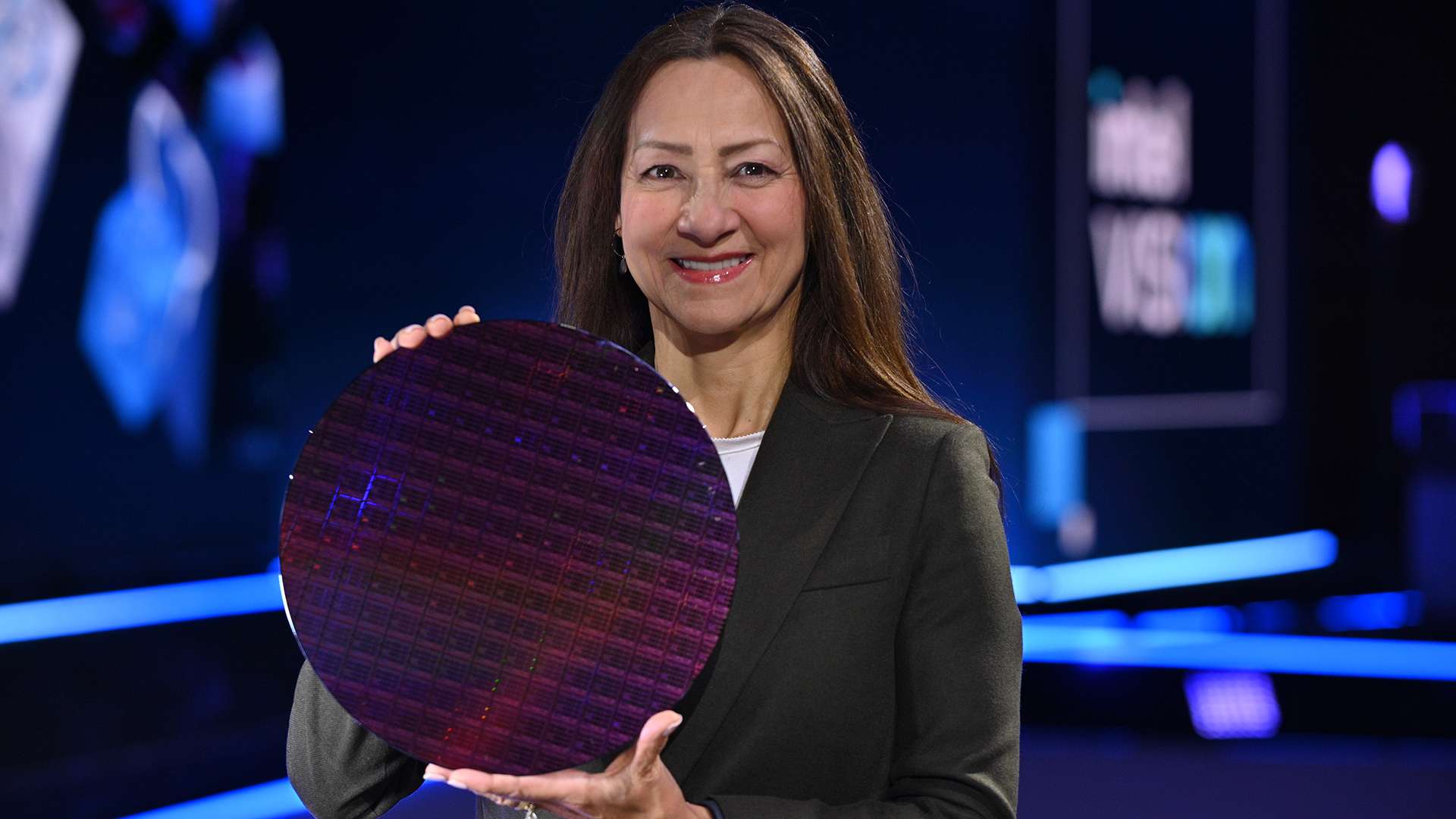
During day two of its 'Vision' event, Intel showcased several of the company's upcoming products. PC Watch were on hand to grab some snaps of the chips. From a gaming point of view, the most interesting was a pair of Meteor Lake chips, which will end up forming part of the 14th Gen range. But that wasn’t all. Intel showed its Sapphire Rapids Xeon CPUs and Ponte Vecchio data centre GPU. All of these processors pack in a lot of exciting tech.
All three processors feature tiled architectures based on Intel’s Foveros 3D stacking and packaging technology. They represent Intel’s latest design philosophy. Foveros technology combines purpose-built tiles with different functionality and process nodes onto a single package. It takes multi-chip module designs to a more advanced level.
Instead of integrating purpose built chiplets, Intel’s future chips can make use of different blocks without having to resort to the use of more complex monolithic dies. Future chips should include blocks built with the Intel 4 node, but it's looking likely that they will include blocks built with TSMCs N5 node as well. Mixing and matching blocks is one thing, different nodes is another, but including different tiles made by different companies on one package is a highly ambitious endeavour.
Meteor Lake is scheduled to make its debut in 2023. It will replace 13th Gen Raptor Lake CPUs. Intel showed off two Meteor Lake CPUs, one is a desktop CPU, the other is likely a laptop chip. Desktop Meteor Lake contains four tiles as the picture shows. One tile contains the CPU cores which are made up of high performance and efficiency cores. The second tile contains the GPU. The third tile contains the SoC which controls functionality such as the memory and PCie controllers. There’s a fourth tile, but its purpose is unknown. It may include some kind of AI acceleration or cache.
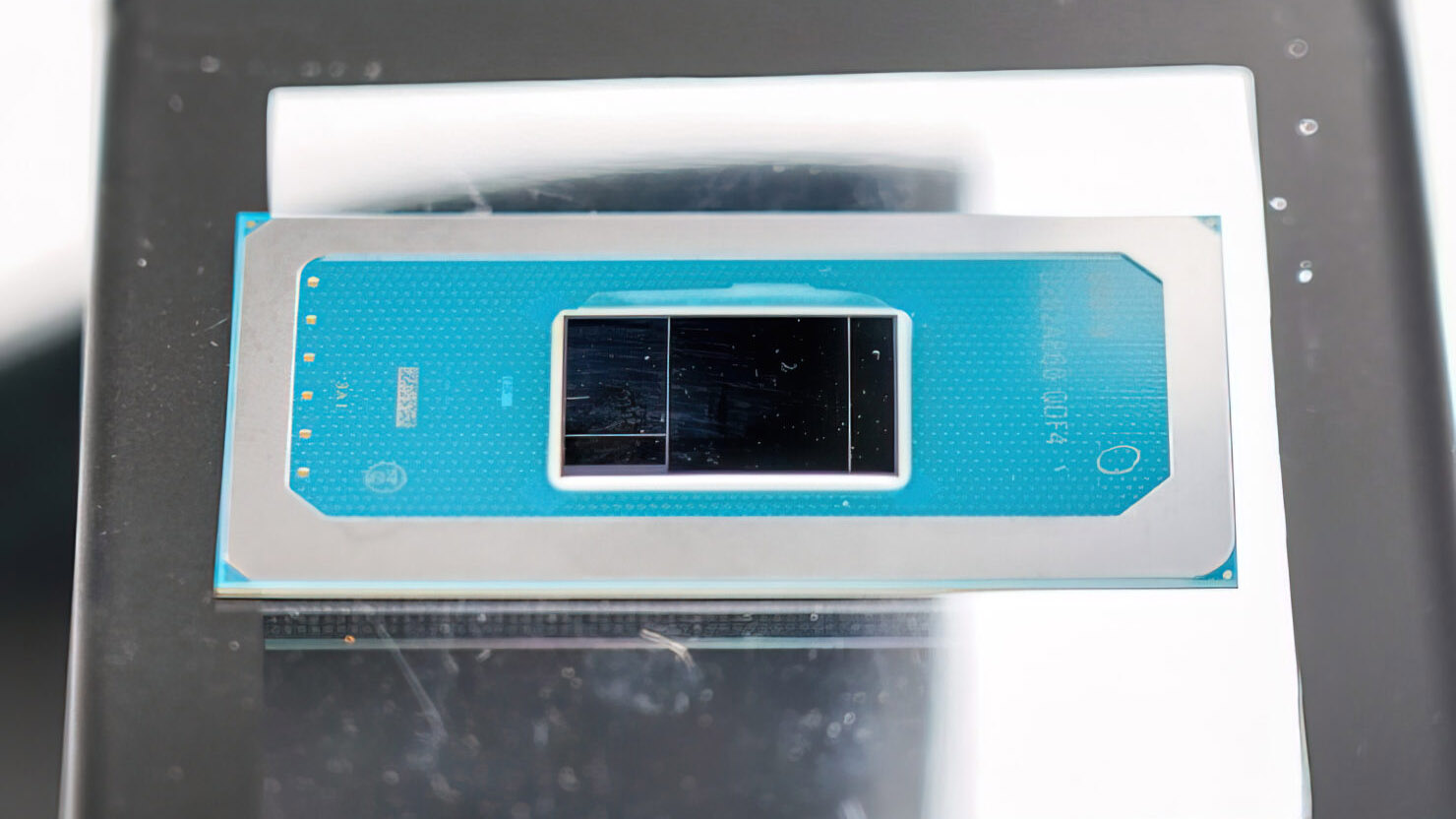
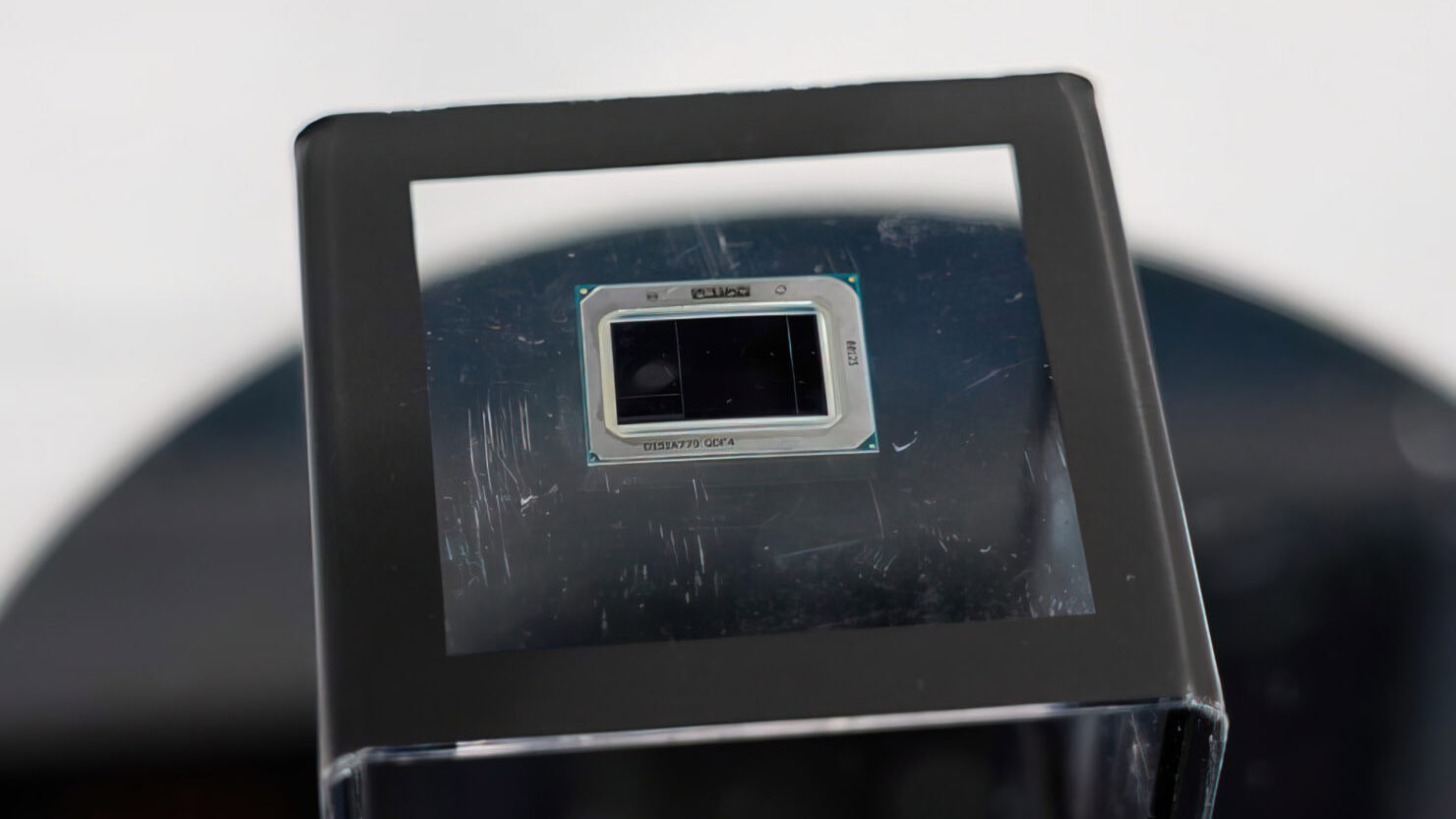
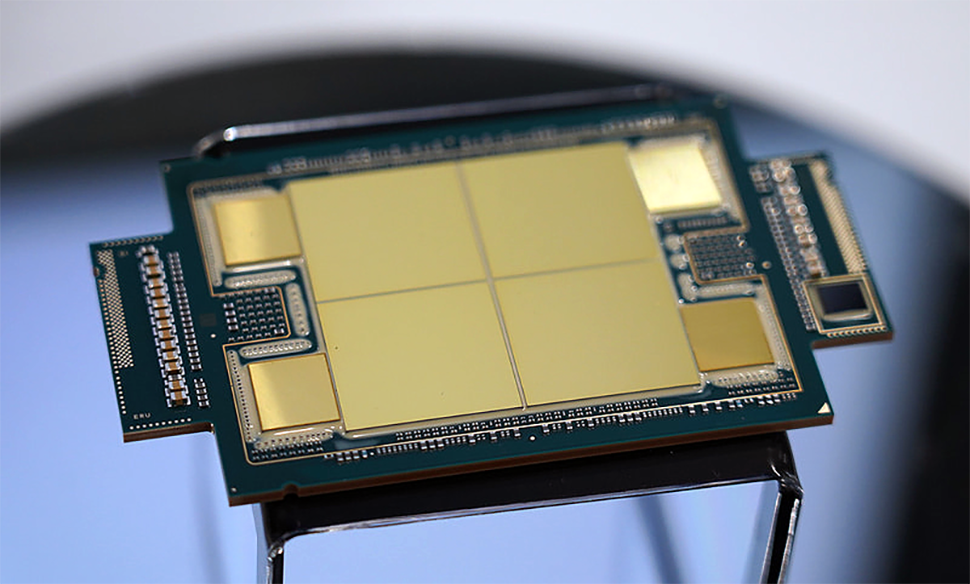
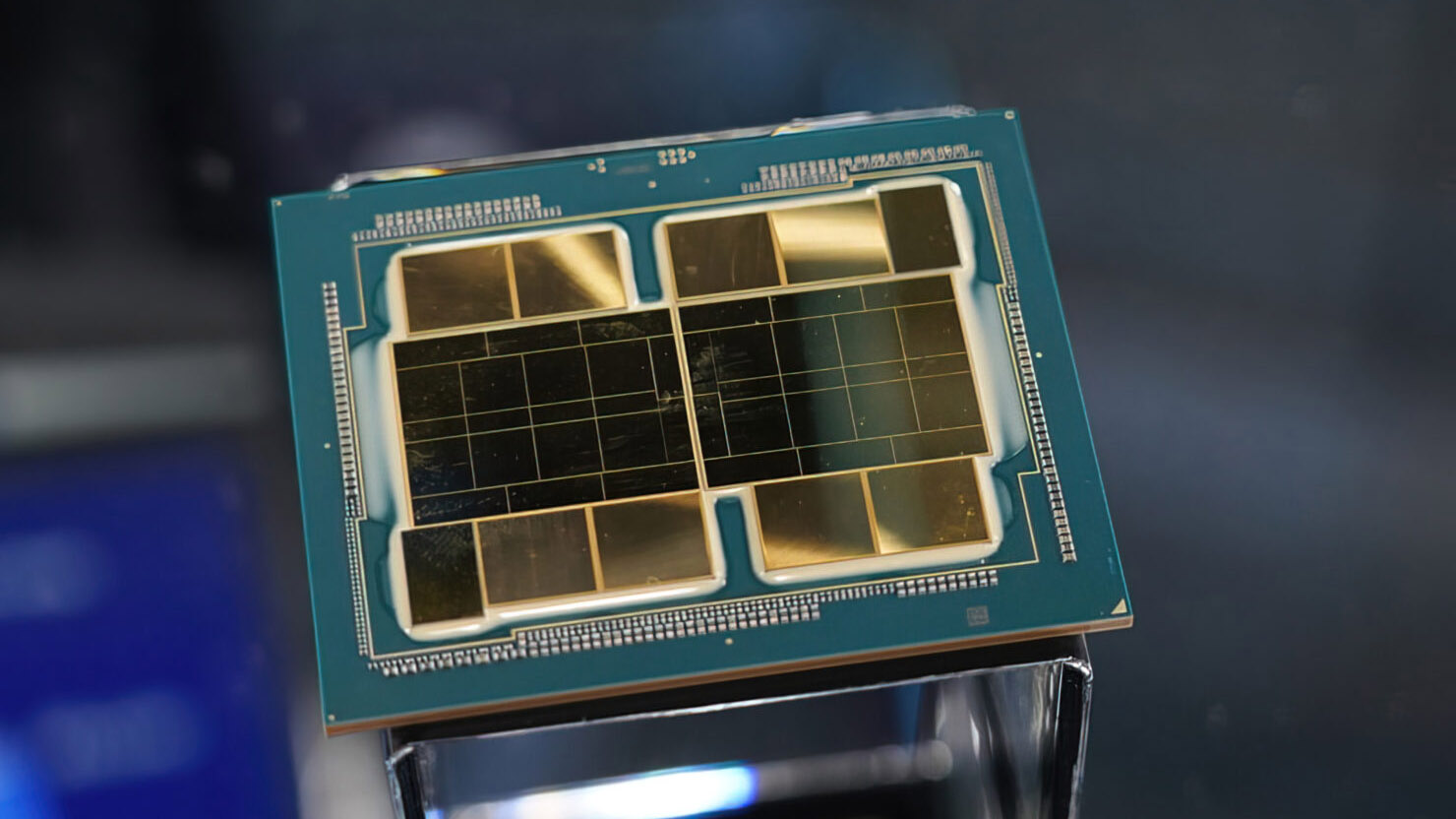

Best CPU for gaming: The top chips from Intel and AMD
Best gaming motherboard: The right boards
Best graphics card: Your perfect pixel-pusher awaits
Best SSD for gaming: Get into the game ahead of the rest
Sapphire Rapids is Intel’s next generation Xeon processor family. It’s a tile-based CPU featuring Golden Cores (the same microarchitecture used in the P cores of Alder Lake CPUs). Sapphire Rapids CPUs come with up to two HBMe stacks that function as a level 4 cache. They will also include DDR5 and PCIe 5.0 support. Might we ever see this family make an appearance as a HEDT range? If it does, it's likely to be an expensive workstation only range, much like AMD’s Threadripper 5000 Pro series is.
Ponte Vecchio is an HPC accelerator that features up to a staggering 47 tiles with a further 16 for heat dissipation. It’s to be built with TSMC’s 5nm node with a TDP of up to 600W. It’s currently sampling and is set to be used in the Argonne National Laboratory's Aurora supercomputer along with Sapphire Rapids CPUs.
As gamers, our main focus will be on Meteor Lake, though it’s still 12-18 months away. In the meantime, we have 13th Gen Raptor Lake to look forward to later this year. This family will go head to head with AMD’s Zen 4 range. Add to that new GPU families from Intel, Nvidia and AMD, and the second half of 2022 is looking absolutely mega for gamers. Start saving!
The biggest gaming news, reviews and hardware deals
Keep up to date with the most important stories and the best deals, as picked by the PC Gamer team.

Chris' gaming experiences go back to the mid-nineties when he conned his parents into buying an 'educational PC' that was conveniently overpowered to play Doom and Tie Fighter. He developed a love of extreme overclocking that destroyed his savings despite the cheaper hardware on offer via his job at a PC store. To afford more LN2 he began moonlighting as a reviewer for VR-Zone before jumping the fence to work for MSI Australia. Since then, he's gone back to journalism, enthusiastically reviewing the latest and greatest components for PC & Tech Authority, PC Powerplay and currently Australian Personal Computer magazine and PC Gamer. Chris still puts far too many hours into Borderlands 3, always striving to become a more efficient killer.

